ITP Conference Grant Report, ICOM Prague 2022: Central Bank of Nigeria, Currency Museum (Beimote Ngozi Etim, Nigeria ITP, 2017)
In 2022, we renewed our ITP Research and Conference Grants for another year in order to support ITP fellows seeking to attend a conference of conduct research. Last year we were very happy to be able to support a number of ITP fellows to attend the ICOM General Conference 2022 in Prague.
This week we will be sharing all of the blogs and reports written by ITP fellows who attended ICOM 2022. Beimote Ngozi Etim (Curator Central Bank of Nigeria Currency Museum, ITP 2017) successfully applied for a ITP Conference Grant in 2022 to attend ICOM Prague 2022.
Beimote’s ITP Conference Grant Report.
Written by Beimote Ngozi Etim, Curator Central Bank of Nigeria Currency Museum, ITP 2017
The International Council of Museums (ICOM) held its 26th General Conference in Prague, Czech Republic from the 20th – 28th August, 2022. It was an event well attended with over 3,000 professionals under one roof. This is a conference held once every three years. The previous one was held on 2019 in Kyoto, Japan with over 5,000 people in attendance. The next one will held in Dubai on 2025. This year’s theme was “The Power of Museums” with four broad sub-themes namely:
Purpose: Museums and Civil Society:
Margarita Reyes Suarez (Colombian Institute of Anthropology and History ICANH) took the key note address on this topic where she talked about how museums can be used to foster unity and nation building by working with civil societies. Barbara Kirshenblatt-Gimblett, Chief Curator of the POLIN Museum of the History of Polish Jews in Warsaw anchored the panel discussions on “Purpose: Museums and Civil Society”, with a presentation by Jasminko Halilovic of the War Childhood Museum Foundation. He talked about the war in Bosnia and how they collected some sentimental items from some victims of war victims – men, women and children. They put up a mini exhibition at the venue of the conference which featured personal objects with touching stories from over 1,000 victims of the Bosnian war.
Sustainability: Museums and Resilience:
by Hilda Flavia Nakabuye, a Ugandan Climate and Environmental Rights activist. She is the founder of Fridays for Future Movement in Uganda. One of her major concerns is saving Lake Victoria which connects Uganda to neighbouring countries.
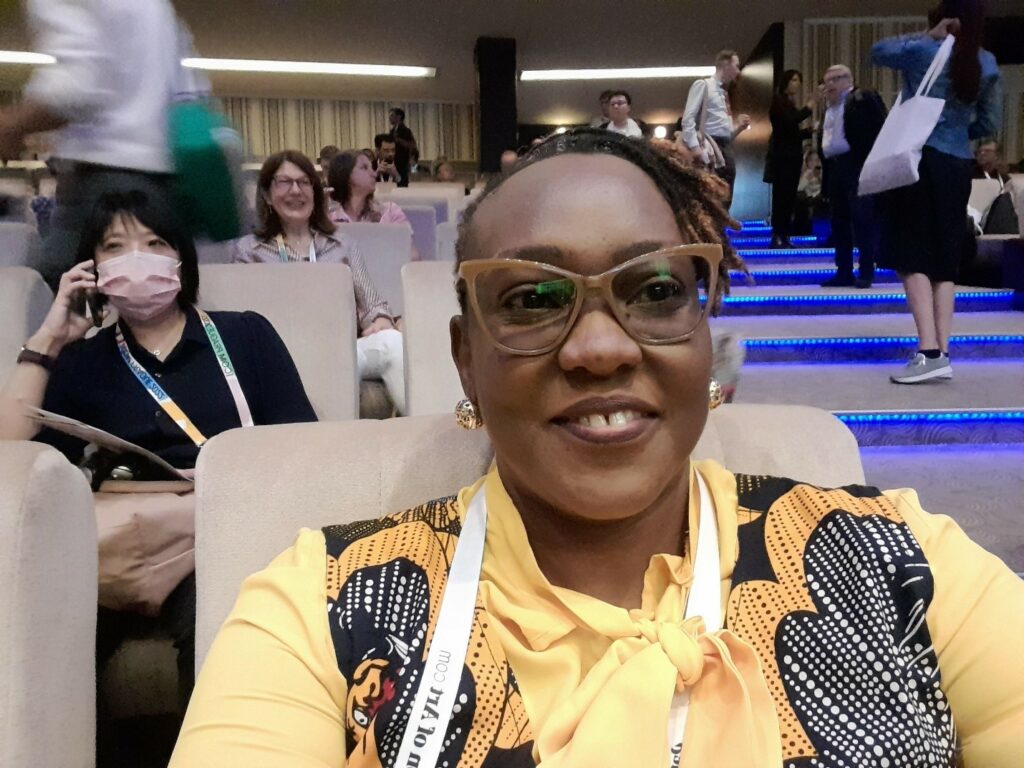
Vision: Museums and Leadership:
This discussion was anchored by Carol Ann Scot. She spoke on disruption as a key factor in contemporary museum leadership as directors are faced with the difficult tasks of encouraging colleagues to find new solutions to unprecedented issues. She engaged Hilary Carty of the UK Clore Foundation and Dr. Lonnie G. Bunch III on “Seeking Effective Leadership in Exceptional Times”. They hammered on the need for leadership to be flexible as well as inspiring in order to meet the demands of the present times as the unexpected can put a clog in the works of the best laid plans.
Delivery: Museums and New Technologies:
Sebastian Robert Chan, of ICOM Australia handled this keynote address. He made us understand that some museums were struggling with digital transformation due to lack of funding brought on by budget cuts in the wake of the pandemic.
By mid-day we were ready to vote on the final recommendations for the new definition of a museum which was presented for voting. The new definition of a museum was presented and it goes thus, “A museum is a not-for-profit, permanent institution in the service of society that researches, collects, conserves, interprets and exhibits tangible and intangible heritage. Open to the public, accessible and inclusive, museums foster diversity and sustainability”.
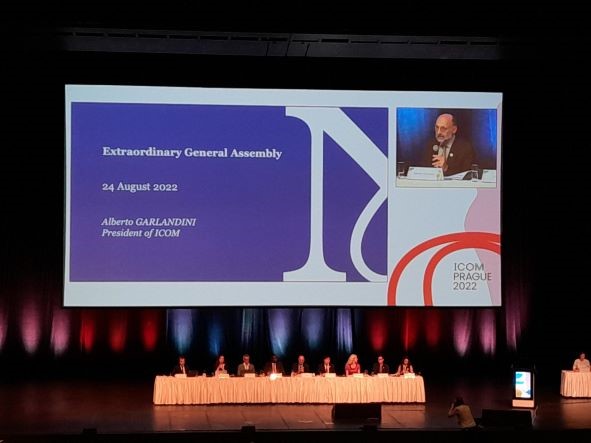
Keynote Address by Margarita Reyes Suarez (Colombian Institute of Anthropology and History ICANH) on “Purpose: Museums and Civil Society.” The speaker talked about how museums can be used to foster unity by working with civil societies and how they can be used for nation building.
Another discussion was anchored by Barbara Kirshenblatt-Gimblett, Chief Curator of the POLIN Museum of the History of Polish Jews in Warsaw. The discission on “Purpose: Museums and Civil Society”, saw the presentation by Jasminko Halilovic of the War Childhood Museum Foundation. He talked about the war in Bosnia and how they collected some sentimental items from some victims of war victims – men, women and children. They put up a mini exhibition at the venue of the conference which featured personal objects with touching stories from over 1,000 victims of the Bosnian war.
The international committee I belong to is ICOMON (International Committee for Money and Banking Museums). The first paper was delivered by Dr. Asma Ibrahim of the State Bank Museum in Karachi, Pakistan. She took us through a paper she titled, “History Through Coins: Kashmiri Queens”. We were introduced to coins dating back to 600BC and the female rulers during those times who came to power as a result of the passing of their king. The cruelest or most ruthless of them was Queen Dida. She ruled from 979 – 1003 AD. She finally died at the age of 79. She was the first queen who refused to perform “Sati, which means, when a king dies, his wife is buried alive along with his corpse but the change of that tradition marked the beginning of her reign. She was said to have murdered her own sons on different occasions when she felt they were perceived as weak.”
The 2nd paper from ICOMON was delivered by Jesse Kraft of the American Numismatic Society. He talked about “Learning to Use Money”. I particularly identified with what he said about teaching children about money and spending. This is particularly how we tailor our educational programmes at the CBN Museum. By teaching the children that money has to be first, earned before it can be spent. And not all should be spent, children should learn to save and invest for their future as well.
Finally, Dr. Damon Monzavi, Alternate Chair of ICOMON from the Bank Melli Museum Tehran, Iran. He talked about how museums have been forced to adjust and go online in the wake of the Pandemic. there were other papers from ICOMON colleagues like
Excursions took us to Southern Bohemia where we toured a Puppet Museum, a Children’s Museum and other museums. We even saw a mini Stonehenge which was really cute.
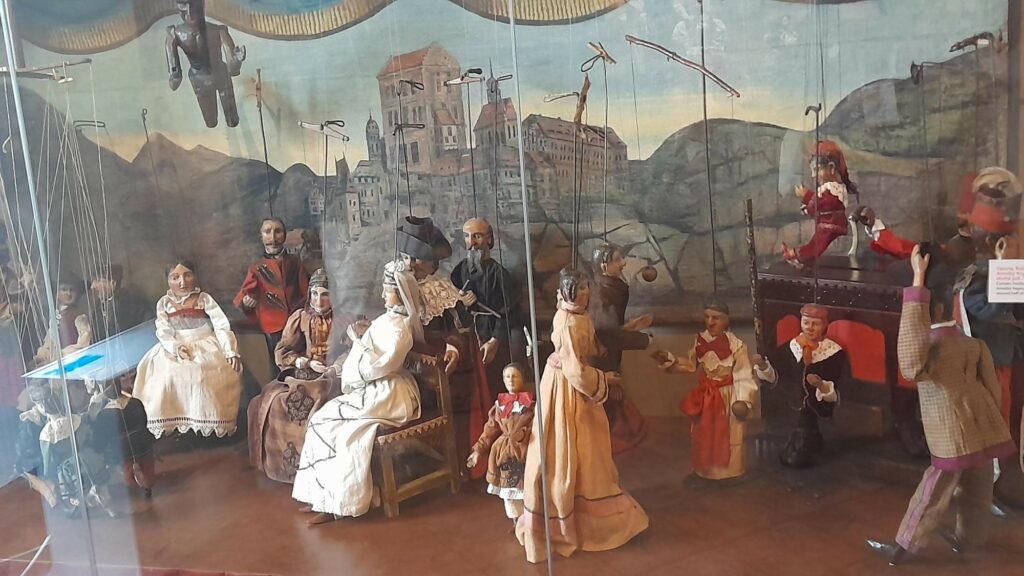
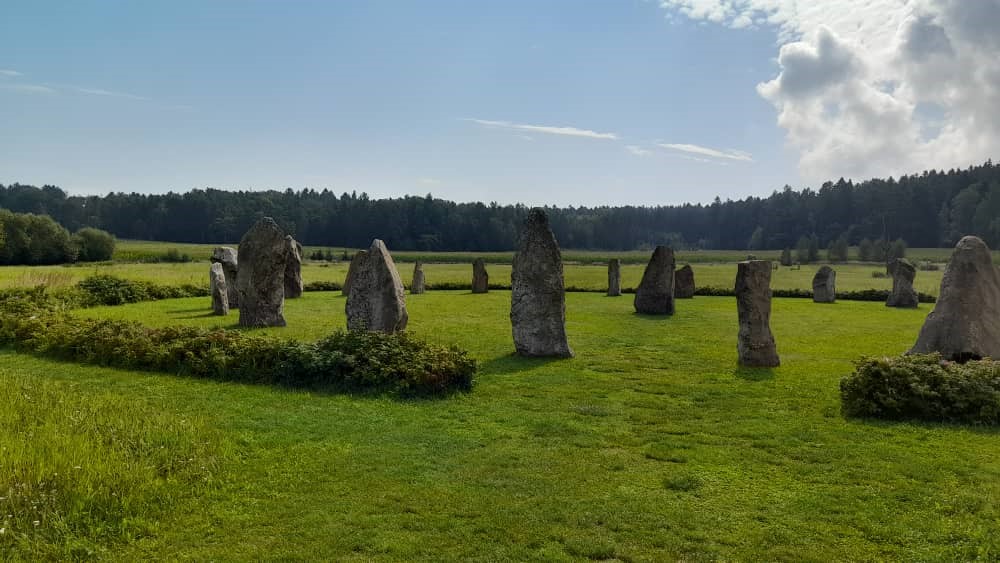
I took part in a discussion about the sustainability of touring museum exhibitions organised by ICOM ICEE, the International Committee for Exhibitions and Exchanges. This was actually my first attempt at such public discussions and I must admit, I was very skeptical that I would pull it off but I kind of got the hang of it.
Another tour was to the Czech National Bank which housed a Visitor’s Centre where members of the public can visit to learn more about the history of money in the Czech Republic. It was a well arranged visit that took us to the basement where we attempted to lift a 30kg bar of pure gold, similar to the one at the Bank of England Museum.
I met up with other ITP colleagues, some for the first time, while others was a reunion of sorts. I also met other colleagues from Banking and Money Museums from Pakistan, Iran, Bangladesh, Malaysia, Indonesia, to mention but a few.
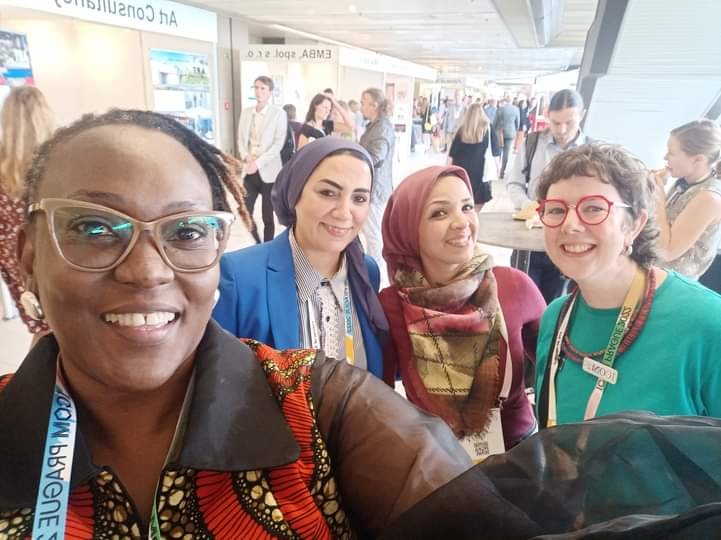
My attendance at the just concluded ICOM General Conference in Prague was a real eye-opener because travelling is an education on its own outside the classroom.
My appreciation goes out to the British Museum’s International Training Programme for the grant I was awarded as this was what propelled me to attempt making travel arrangements. I would encourage as many people as possible to always take advantage of such opportunities whenever they arise. I look forward to attending many more conferences in the future.
THANK YOU ITP!

